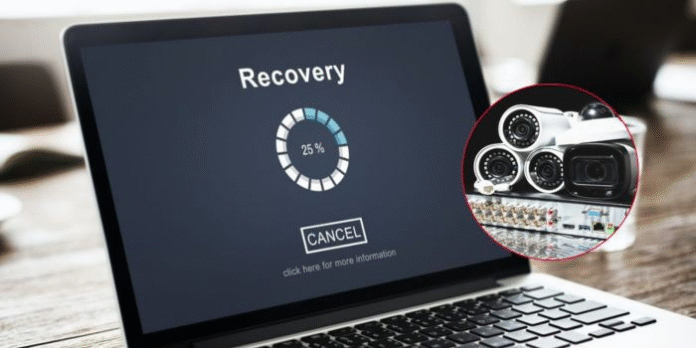
The ongoing debate over the death of X influencer Albert Ojwang has taken a dramatic new turn after revelations that crucial CCTV footage at the Central Police Station was tampered with.
This emerged on Wednesday, June 12, when Independent Policing Oversight Authority (IPOA) Deputy Chairperson Ann Wanjiku told the Senate that the footage had been interfered with. The disclosure is likely to influence the direction of ongoing investigations.
But what does tampering with CCTV footage really mean? Can deleted footage be recovered—and would such evidence be admissible in court? Citymirror breaks it down.
Yes. In many cases, deleted CCTV footage can be retrieved using advanced forensic and data recovery technologies.
Most surveillance systems store video on devices such as Digital Video Recorders (DVRs), Network Video Recorders (NVRs), or memory cards. When footage is deleted, it typically isn’t erased immediately; instead, the system marks it as available space. Unless overwritten by new recordings, the data can still be recovered.
“CCTV forensic recovery involves analysing data from storage devices at a crime scene. This can include retrieving footage from hard drives or memory cards,” explains East Africa Tech Solutions.
Investigators begin by securing the storage devices to prevent further loss. Specialised software then scans for traces of deleted files, recovering video fragments, timestamps, and metadata such as camera ID and recording duration.
In Kenya, these operations are often handled by experts from the Directorate of Criminal Investigations (DCI) or private forensic labs.
Deleted footage can be retrieved using sophisticated forensic tools like Magnet AXIOM, Magnet WITNESS, and DVR Examiner, which extract video and metadata directly from hard drives—even without the original CCTV setup.
For footage stored on external devices like SD cards or USB drives, Cellebrite UFED is widely used. Broader recovery tasks may involve X-Ways Forensics or open-source tools like Autopsy.
In high-profile cases, Kenya’s DCI Cybercrime Unit or court-appointed digital forensics experts rely on these tools to ensure reliable recovery.
Can Recovered Footage Be Used in Court?
Yes. CCTV footage—whether deleted and recovered or recorded live—can be presented as evidence in a court of law. However, its admissibility depends on strict legal protocols.
Recovered footage must be thoroughly documented through a chain of custody, detailing who handled it, when, and how. Any gaps can lead to the evidence being ruled inadmissible.
In a 2018 landmark ruling, the High Court in Nairobi upheld bribery convictions against DCI officers after the Ethics and Anti-Corruption Commission (EACC) submitted certified CCTV footage retrieved from its Kabete office.
The video, which showed suspects entering and exiting the premises in an official vehicle, was transferred to an official drive, sealed on DVD, and accompanied by a certificate under Section 106B of the Evidence Act.
“Any information from an electronic record that is printed, stored, or copied using a computer shall be treated as a valid document and is admissible in court without needing the original, provided certain legal conditions are met.”
In that case, the court used the video alongside audio recordings and eyewitness accounts, dismissing claims of mistaken identity.
Tampering with CCTV footage does not always mean the evidence is lost forever—but time is critical. Recovery requires specialised tools, legal safeguards, and technical expertise.
In Kenya, when handled correctly, recovered footage can be instrumental in revealing the truth and securing convictions—even in the most sensitive investigations, such as the death of Albert Ojwang.






